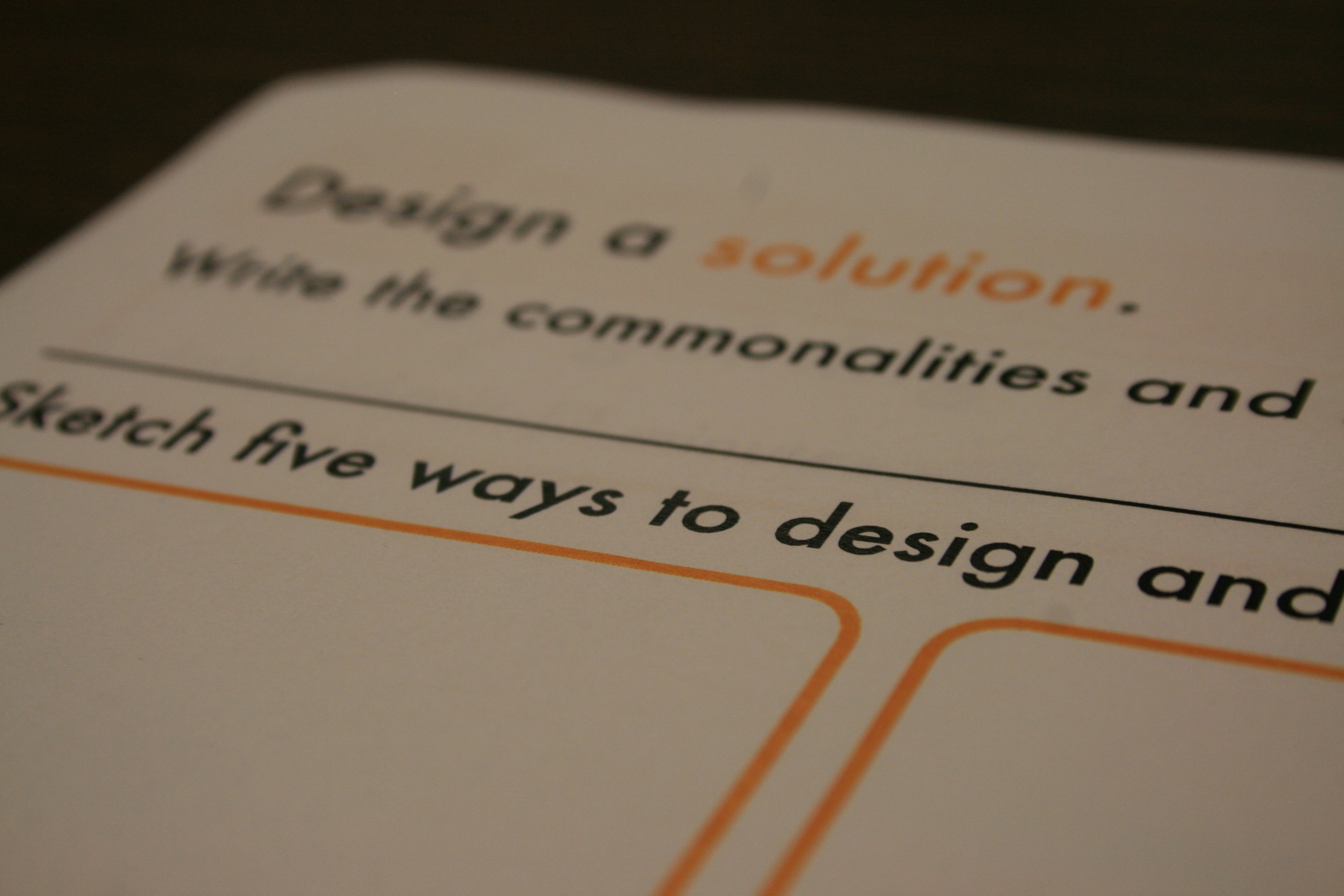Currently, 3.5 billion people are living in cities, while the rest are residing in the countryside. However, by the year 2050, over 75% of the world’s population will be residing in cities1. This growth does not come without challenges. Lack of resources, natural disasters, and political and economical circumstances are obstacles that prevent the majority of the world’s population from finding a livable place to reside. Design and architecture are to play a critical role in overcoming these challenges which grow increasingly complex due to (1) Global Warming (2) Gentrification and Segregation (3) Migration and Refugee Crises and (4) Inadequate Farming. The role that Public Interest Design, and more specifically, the Open Architecture Collaborative will play is to tackle these challenges within our built environment before the goal of creating livable spaces for everyone becomes tougher to achieve.
The purpose of design is to understand the challenges. We start by allowing the community to take on a participatory role in elucidating the challenges that arise within their neighborhoods and offering solutions. We ask, what can we learn from the communities to improve their living conditions? It can be as simple as contributing to sustainable design solutions – what is the right amount of light, airflow and natural ventilation to keep homes a steady temperature year round. It can also be complex. How can design respond more quickly and effectively in times of natural disaster? How can design become preventative, yet, still be one with the Earth? The questions do not stop there, nor are these necessarily the “right” questions. Every project has its own set of challenges and the designer must discover the right questions for each one. Moreover, given the resources at hand, s/he must also coordinate the best use of local materials, traditional crafting methods and also figure out how to build with recycled materials.
Read More on Open Architecture Collaborative
